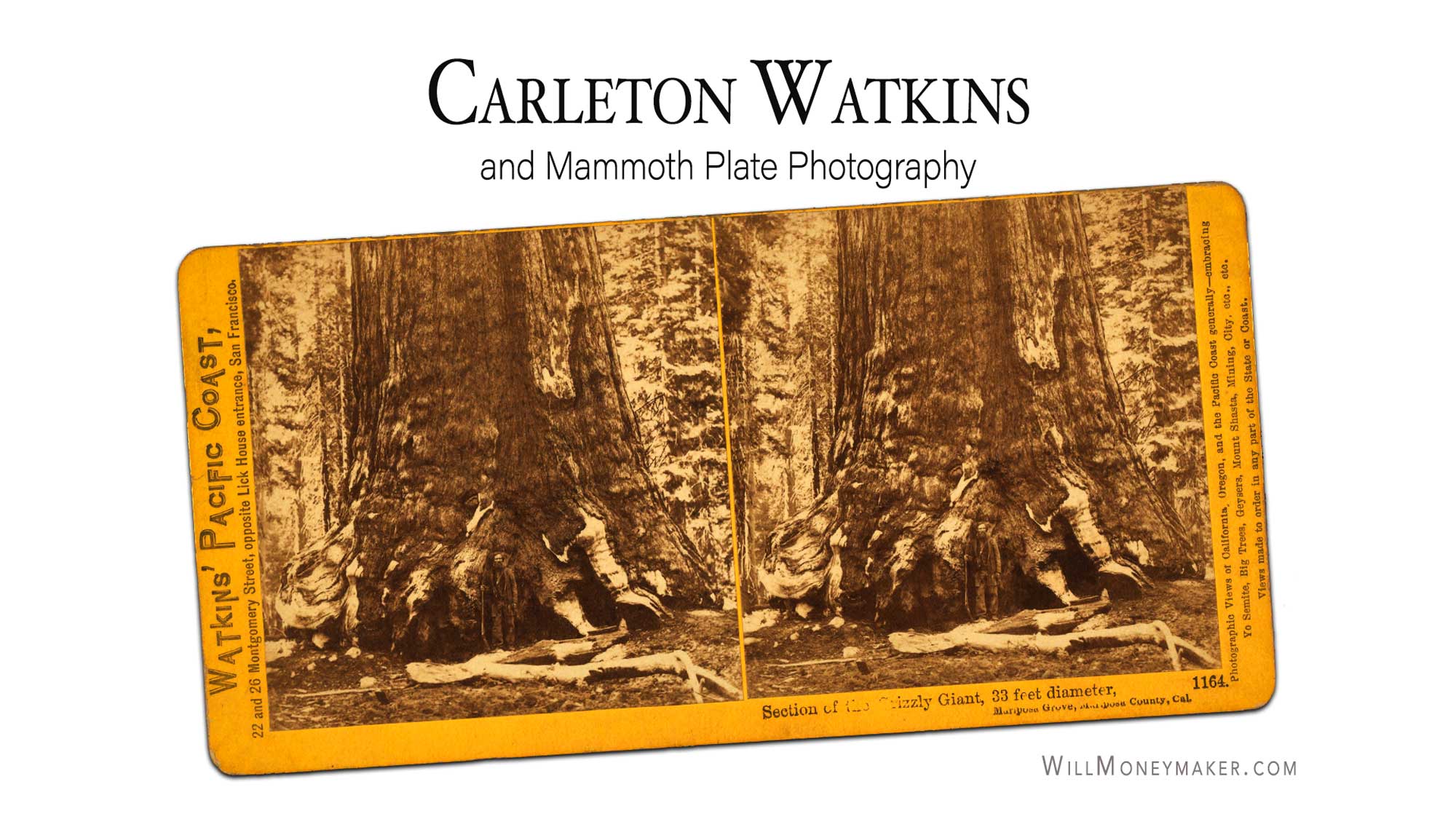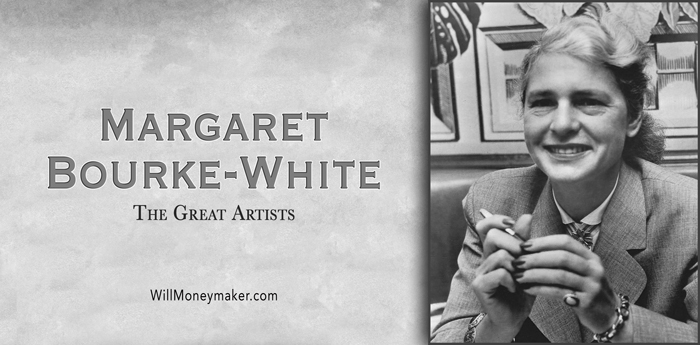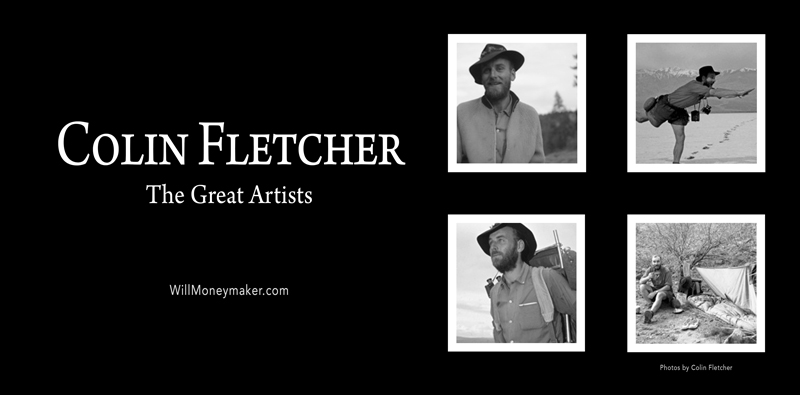Carleton Watkins is a well-known American photographer, best known for his mammoth plate photographs of Yosemite. Carleton was born in 1829 in Oneonta, New York, the oldest of eight children born to his parents, John and Julia Watkins. Carleton’s dad was a carpenter, and his mom was an innkeeper. Carleton grew up as an avid hunter and fisherman. Additionally, he was involved in the glee club in school and was also in his local Presbyterian church choir. Carleton’s middle initial is E, but it is currently not known what the E stood for. While some historians say it stood for Eugene, others say it was Emmons.
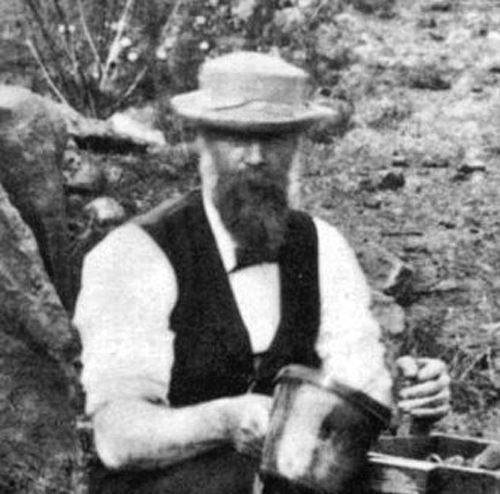
In 1851, Carleton moved, along with his friend Collis Huntington, to San Francisco. They went as part of the Gold Rush and went with the hope of striking it rich by finding gold themselves. They did not find gold, but both men still became successful. Collis became one of the “Big Four” owners of the Central Pacific Railroad, and Carleton became a well-known and respected photographer.
Carleton got into photography while working as a clerk in George Murray’s Bookstore, which was in close proximity to the photography studio of Robert Vance, who was a well-known Daguerreotypist (which was an early form of photography). When one of Robert’s employees unexpectedly quit his job at the studio, Robert asked Carleton, who had an agreeable personality, to look after the studio for him while he was away.
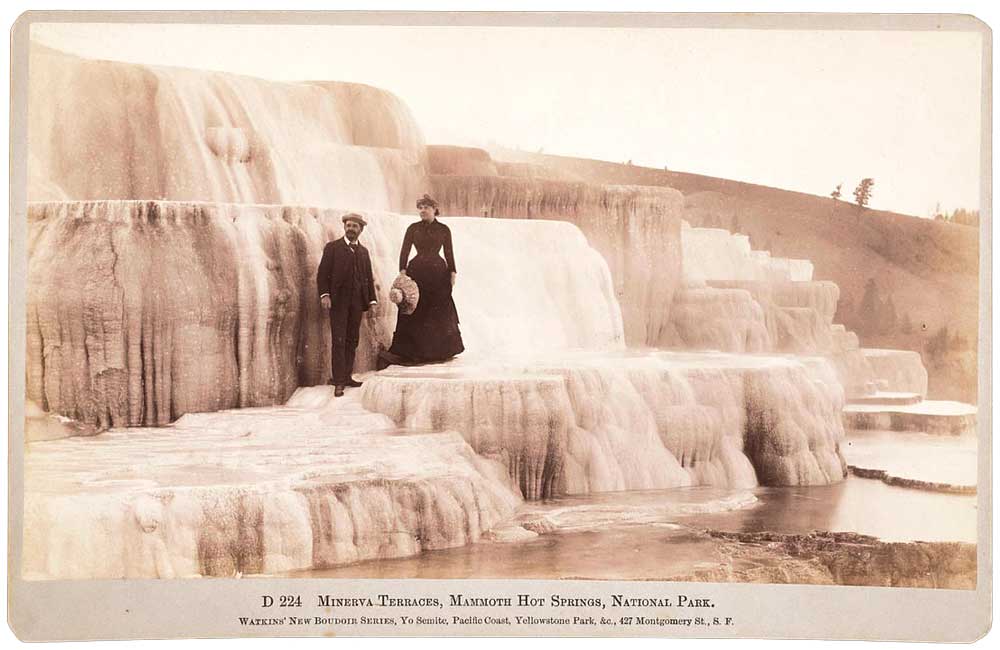
Prior to accepting this job, Carleton did not know anything about photography. Robert showed Carleton the basics of it before leaving. The man had planned to re-take any portraits that Carleton did once he was back from his leave of absence. Upon his return, however, he discovered that Carleton took quite naturally to photography and, in fact, excelled at it. Robert’s customers were pleased with Carleton’s work, so Robert did not have to re-take any portraits.
In 1858, Carleton decided to open his own photography business. He was hired for many commissions right off the bat, such as Illustrated California Magazine, and documenting the mining estate of John and Jesse Fremont in Mariposa. On one project at the Almaden Quicksilver Mines, Carleton made Daguerreotype stereoview photographs, which were two images that were nearly identical to each other that were viewed through a stereoscope to create an illusion of depth. These photographs were used in a famous court case that got a lot of nationwide attention. This assisted in building his excellent reputation as a photographer.
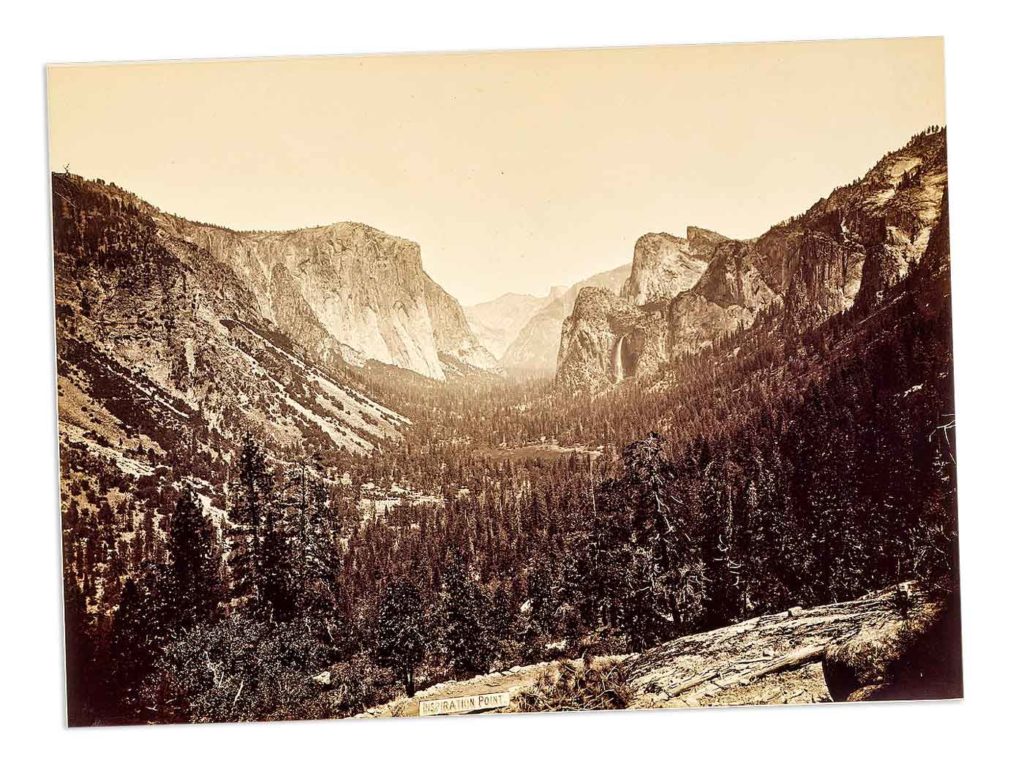
In July of 1861, Carleton went to Yosemite, bringing his mammoth plate camera and his stereoscopic camera with him. This was the decision that changed his career and put him on the map of historically important and influential photographers. Carleton photographed Yosemite, capturing all of its glory, in a giant collection of photographs that were so detailed and inspiring that they made the public want to make the voyage to visit Yosemite in person.
Carleton’s photographs truly put Yosemite into the public imagination for the first time. In fact, these photographs were instrumental in Yosemite being made a national park. One of the mountains in Yosemite is actually named Mount Watkins, after Carleton, in appreciation of his contribution to the U.S. government preserving and conserving this land as a national park.
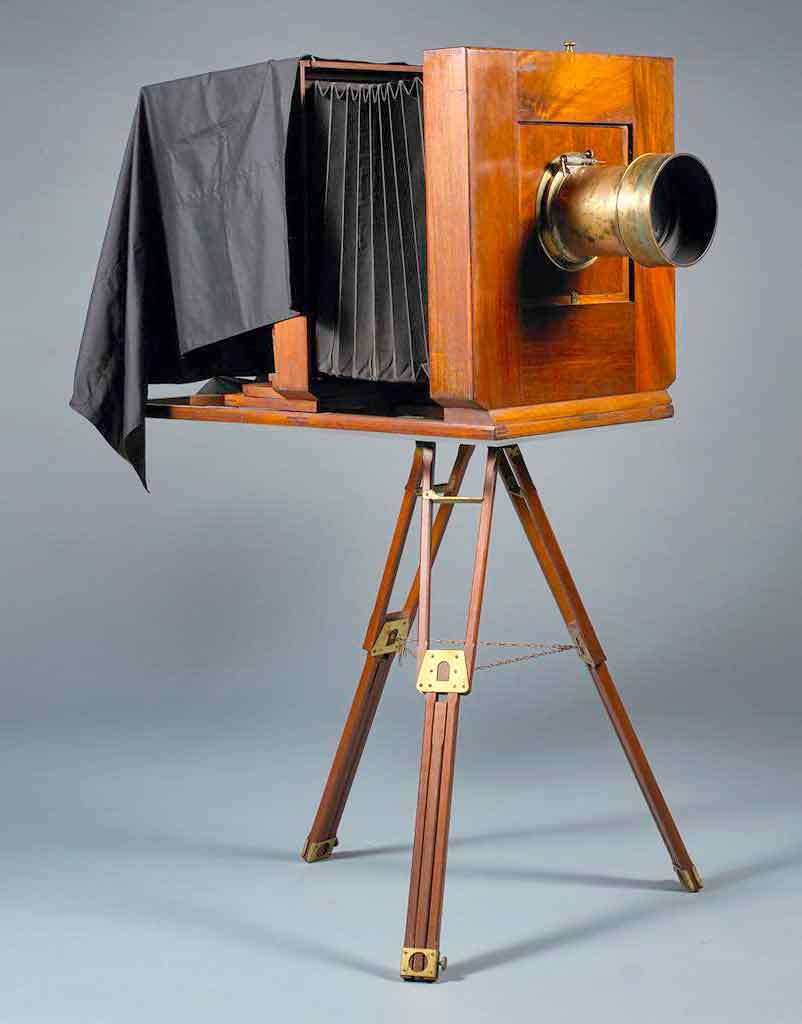
When Carleton was done photographing Yosemite, he had thirty mammoth plate photographs and one hundred stereoview negatives. These were some of the very first photographs of Yosemite that had been seen by people outside of the American West. The eastern United States, in particular, had not seen Yosemite in photograph form at that time. Carleton did this photographic project for the California State Geological Survey.
While the stereoscopic camera gave the photographs more depth than other types of photography, the mammoth plates allowed the photographs to have more detail. This type of photography using mammoth plates, of which Carleton is one of only a small handful of people who are famous for using it, was done using a large photographic plate. There was no official sizing chart for these plates, but they typically ranged from 18 x 21 inches but could be as small as 15 x 18 inches and as large as 22 x 25 inches. The plates produced glass negatives.
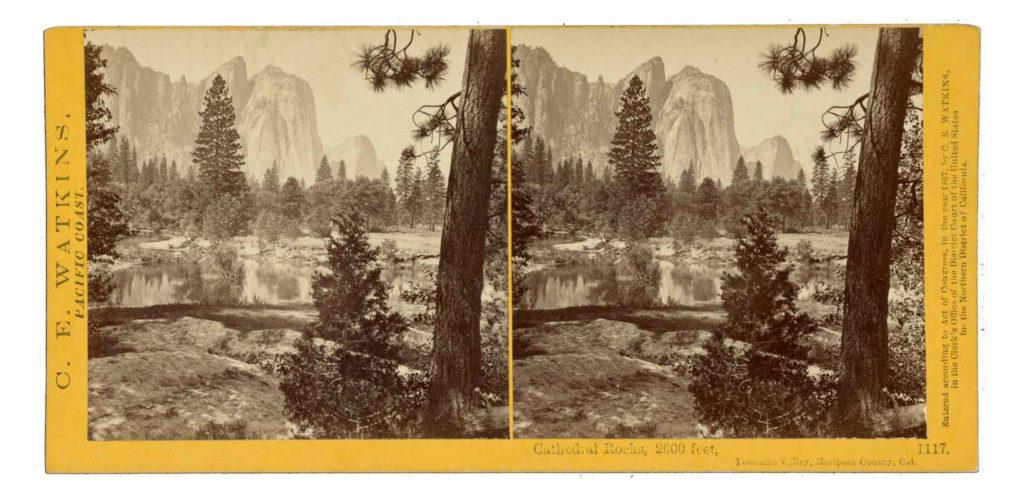
Before photographic enlargers were invented, photographers like Carleton used mammoth plates to make large prints that were exactly the same size as the negative from which they were developed. Carleton used the mammoth plate photographic technology to photograph giant sequoia trees. The mammoth plates allowed him to capture images of the entire tree, which other photographic techniques could not do at that time. Thus, Carleton became the first person to photograph the entire sequoia tree. This created a huge public interest in people going to California to see the trees in person for themselves.
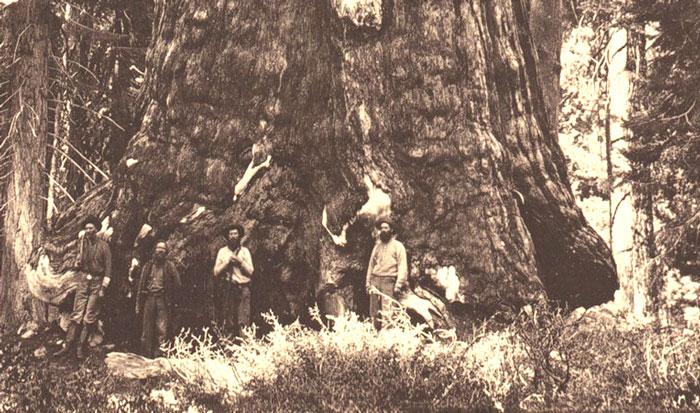
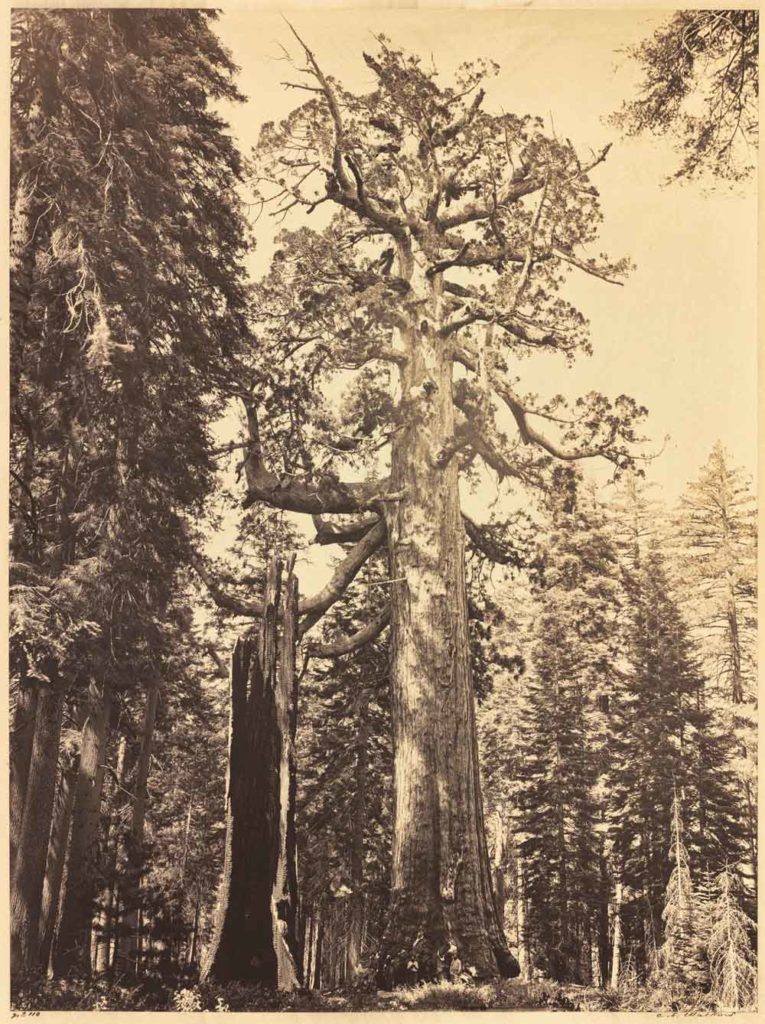
Carleton met his wife while taking photographs in Virginia City, Nevada. The woman’s name was Frances Sneed, and she and Carleton were married in 1879, on Carleton’s fiftieth birthday. They would have two children together, a daughter named Julia, and a son named Collis (named after Carleton’s childhood friend who traveled out west with him nearly three decades prior).
Though he gained a significant degree of national fame for his photographs, Carleton suffered a string of personal setbacks after his marriage. In the 1890s, he began to experience trouble seeing clearly. This left him unable to complete his last commission, which was from Phoebe Heart to photograph her Hacienda del Pozo de Verona house. As he wasn’t getting work anymore because of his disability, he was not able to pay rent on the family’s home. Because of this, Carleton, his wife, and their children lived in an abandoned railroad car for about a year and a half in the mid-1890s.
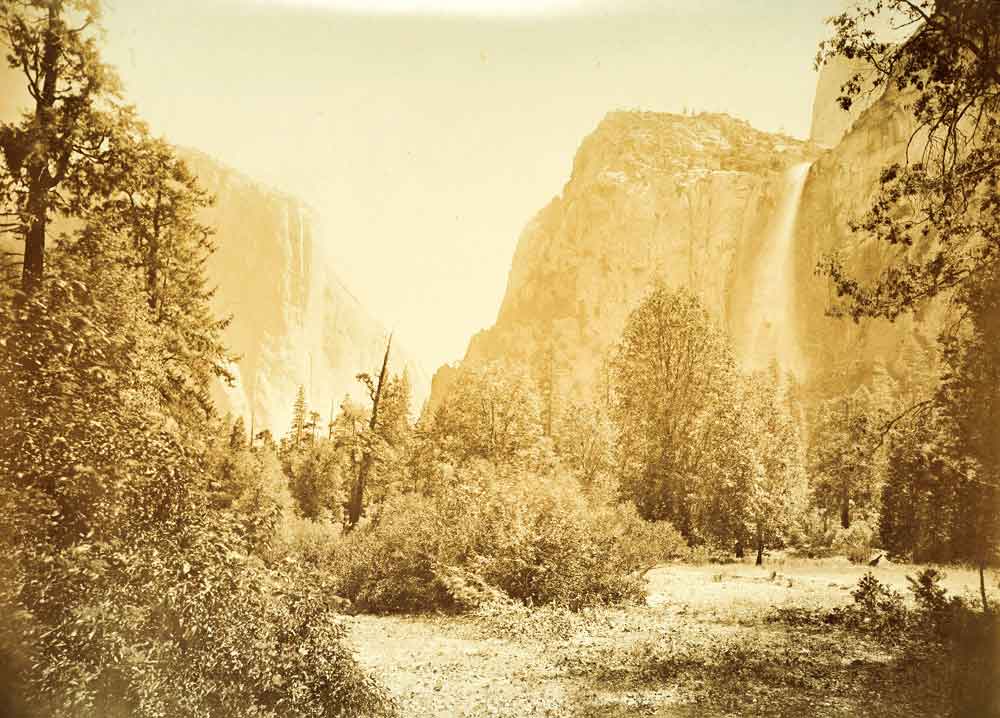
In 1906, the great San Francisco earthquake occurred in the region, and Carleton’s studio there on Market Street, where he kept most of his work, was destroyed in that calamity, and the fire that occurred in the city immediately afterward. Many of his pictures and negatives, as well as the majority of his stereoview photographs, were lost in the disaster. After this, Carleton retired to Capay Ranch.
The effects of age, stress and personal disappointment took their toll on Carleton, and he was declared incompetent three years after he retired. Placed by court order into the care of his daughter, Julia cared for him for a year before she committed Carleton to the Napa State Hospital for the Insane in 1910. Carleton’s wife began referring to herself as a widow after Carleton entered the institution. It was there, at the mental institution, that Carleton crossed to the other side in 1916. He was buried in an unmarked grave on the institution grounds.

